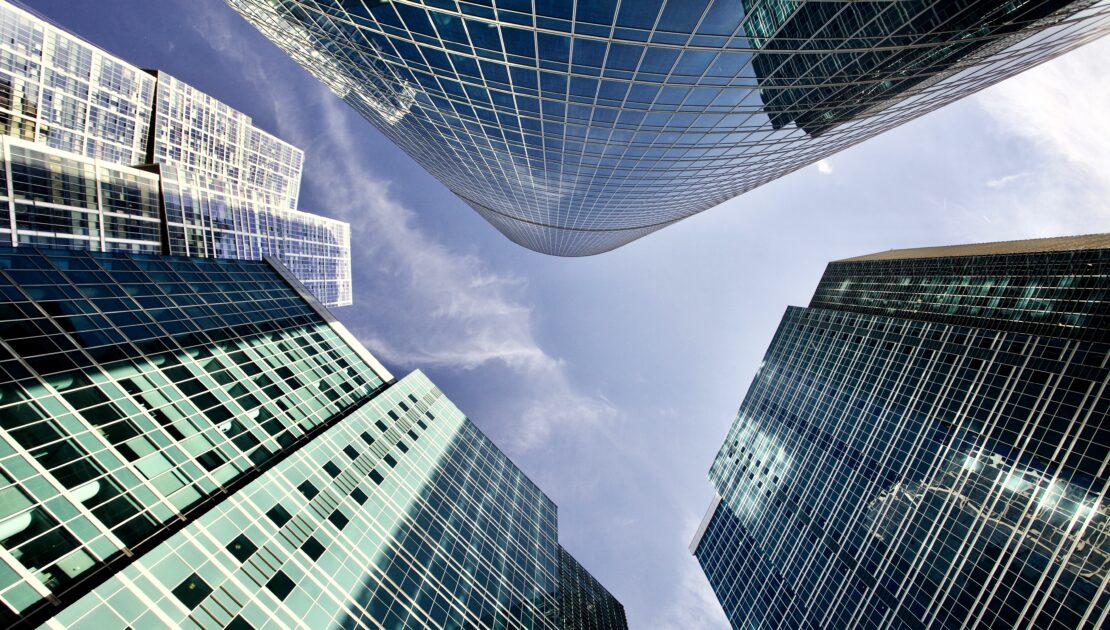For an Edge on Office Leasing, Get Health Conscious

A research note out of Marcus & Millichap on the office market claims there are “bifurcated fundamentals.” Central business district (CBD) offices are seeing faster climbing vacancy rates than those in suburbs, so preliminary second quarter data suggests.
What’s causing the unhealthy disparity? Concerns about health.
“This is in part due to the increased emphasis on facilities with health-conscious attributes, like air quality and moisture, water quality, and access to natural lighting,” the note said. “Tenants are choosing between paying premiums for spaces with health-promoting qualities, or reducing expenses by moving into more cost-effective locales. The result is stabilizing performance for space with post-pandemic upgrades, while older assets without modern features have struggled, especially in urban cores.”
The dynamic is interesting given how many people have generally given up on masks and accepted a “back to normal” return to personal life. And yet, the dynamic isn’t entirely an issue of post-pandemic attitudes.
According to Marcus & Millichap, even going into 2020, before the reality of COVID-19 sunk in, “office tenants were placing escalating emphasis on the environmentally-friendly aspects of buildings when inking commitments.”
What the pandemic did was not start the interest but charge it with urgency and a “need for office space that promotes employee health and safety.” But as of the spring of 2020, “only 30 percent of office stock meets recent elevated benchmarks for both environmental and health and safety criteria.” Add the need for added health features—such things as touchless controls for almost everything, redesigned HVAC air flow, and floor plans that would allow more spacing between people—and one might ask how much of that 30% was up to snuff.
Office space that addresses the environmental health concerns of tenants is already commanding a premium that “could rise to 20 percent if outmoded stock is left in the current state or is taken off the market.” Higher premiums will be more common in cities with greater amounts of older office stock.
This has sparked a major effort among some firms to renovate existing space. The firm noted that alteration permits were up sharply in 2021, with many projects being finalized this year.
At the same time, there are developers converting older offices to other uses, like luxury multifamily, which might be due in part to the ongoing uncertainties of future office use plans and the chronic undersupply of housing. “A total of 32,000 apartment units have been added through the redevelopment of non-multifamily space since the start of the new decade, with a sizable 41 percent of these units being former office space — a number that has accelerated since the onset of the pandemic,” the firm wrote.
A takeaway lesson: If you want to be competitive in office and have an older building, better plan on some significant renovations that address concerns about health.
Source – Globest.com
